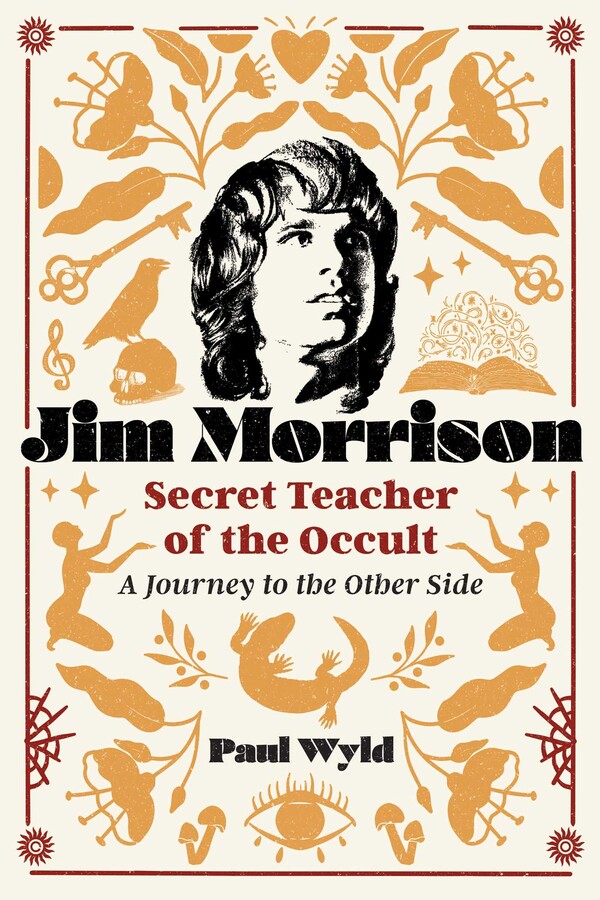Last month, Inner Traditions published Jim Morrison, Secret Teacher of the Occult A Journey to the Other Side by Paul Wyld. According to the posted description: “the author makes the case that Morrison was not simply a superficial dabbler in the occult but an actual secret teacher transmitting knowledge through the golden thread stretching back to Egypt and Thoth-Hermes.” Mmmm.
The description mentions some mysticism-oriented books that Morrison read and if you pull out yr copy of Frazier’s The Golden Bough, you’ll note that chapter headings in some vintage editions got pinched for lyrics. But “secret teacher” vs. dabbler? I dunno – but bring it on. I can see how he influenced people to seek altered states of consciousness via various psychotropic substances, and of course Dionysian excess. But he never really articulated such points and… well, such concepts were current in counter culture in those days. Anywhere, here’s the posted description:
The groundbreaking 1960s band The Doors, named for Aldous Huxley’s The Doors of Perception, achieved incredible acclaim and influence, ultimately serving as a key group in the development of psychedelic and progressive rock. At the center of it all was front man Jim Morrison, who died in 1971 at age 27. Yet, as author Paul Wyld reveals, despite Morrison’s reputation as a lewd, drunken performer, he was a full-fledged mystical, shamanic figure, a secret teacher of the occult who was not merely central to the development of rock music, but also to the growth of the Western esoteric tradition as a whole.
Wyld looks at the mystical works that inspired Morrison, including Kurt Seligmann’s The Mirror of Magic, Colin Wilson’s The Outsider, and the writings of Nietzsche and Jack Kerouac. Drawing on Morrison’s lyrics and poems, his intimate writings, and the recollections of friends like photographer Paul Ferrara and Doors keyboard player Ray Manzarek, the author makes the case that Morrison was not simply a superficial dabbler in the occult but an actual secret teacher transmitting knowledge through the golden thread stretching back to Egypt and Thoth-Hermes.
Explaining how Morrison sought to use his role as a rock singer to express the power of inner experience, Wyld shows how praxis was at the heart of Morrison’s approach, revealed in his journey through the arduous ordeals of shamanic initiation. He was a shaman, mystic, and sage—and an essential part of a great spiritual awakening to which he gave himself over fully.

